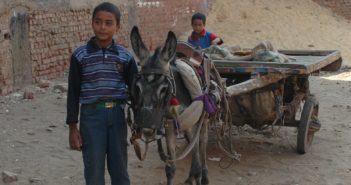
How Animal Protection Impacts All 17 U.N. Sustainable Development Goals
Recognizing the connections between animal protection and the SDGs can help advocates maximize impact, win government support, and collaborate with other stakeholders.

Recognizing the connections between animal protection and the SDGs can help advocates maximize impact, win government support, and collaborate with other stakeholders.

Human activities have contributed to declines in wildlife populations for centuries, not just the past 40 or 50 years.
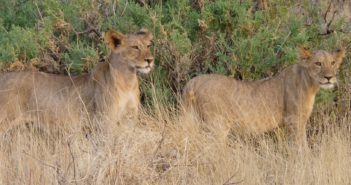
Sustainable use has ensured the international commercialization of biodiversity, and determined that price and trade be the arbiter of what value each species holds.
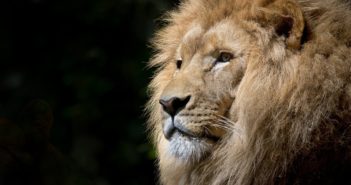
Are we headed towards a world without lions in the wild? In an interview with author Sara Evans, we discuss the threats lions face and why we should have hope that these big cats will persist.
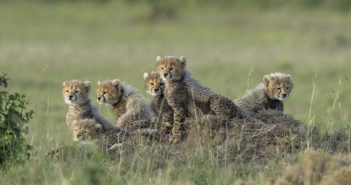
The “big five” wildlife species were chosen by trophy hunters based on the species most difficult to kill. The New Big 5 will be based on the animals most popular to photograph, and advocates for compassion and conservation.
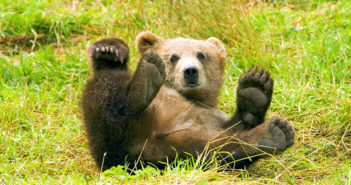
In the United States, wild bears are being killed for their gallbladders due to the global bear bile trade.

We need to create new wildlife management policies and practices that do not include hunting and killing, but that instead incorporate the intrinsic value and interests of individual animals, species populations, and entire ecosystems.

A global ban on wildlife markets is necessary to protect both humans and other animals, says a UN Migratory Species Ambassador.
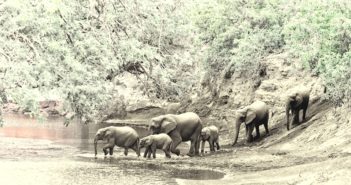
COVID-19 has forced the world to reconsider its relationship with wild animals, but South African legislation is increasingly pointing in the wrong direction. It urgently needs a rethink.
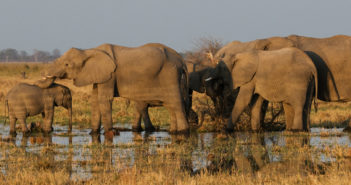
Irked by opposition to its decision to reopen elephant trophy hunting, the Botswanan government has become increasingly strident and populist in defense of its actions.

The COVID-19 pandemic will hopefully accelerate new policies to prevent and mitigate the impact of new emerging pathogens and give new impetus to ending wildlife consumption and habitat destruction.
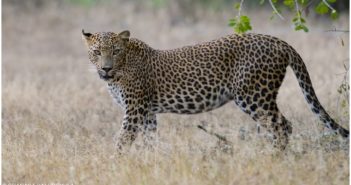
Due to the risks posed by the consumption of wildlife, the Chinese Government has imposed an emergency ban. The continued sale of leopard bone medicines demonstrate the need for this ban to be expanded.